Home>Gardening & Outdoor>Plant Care & Gardening Tips>What Is The Fire Pink Wildflower
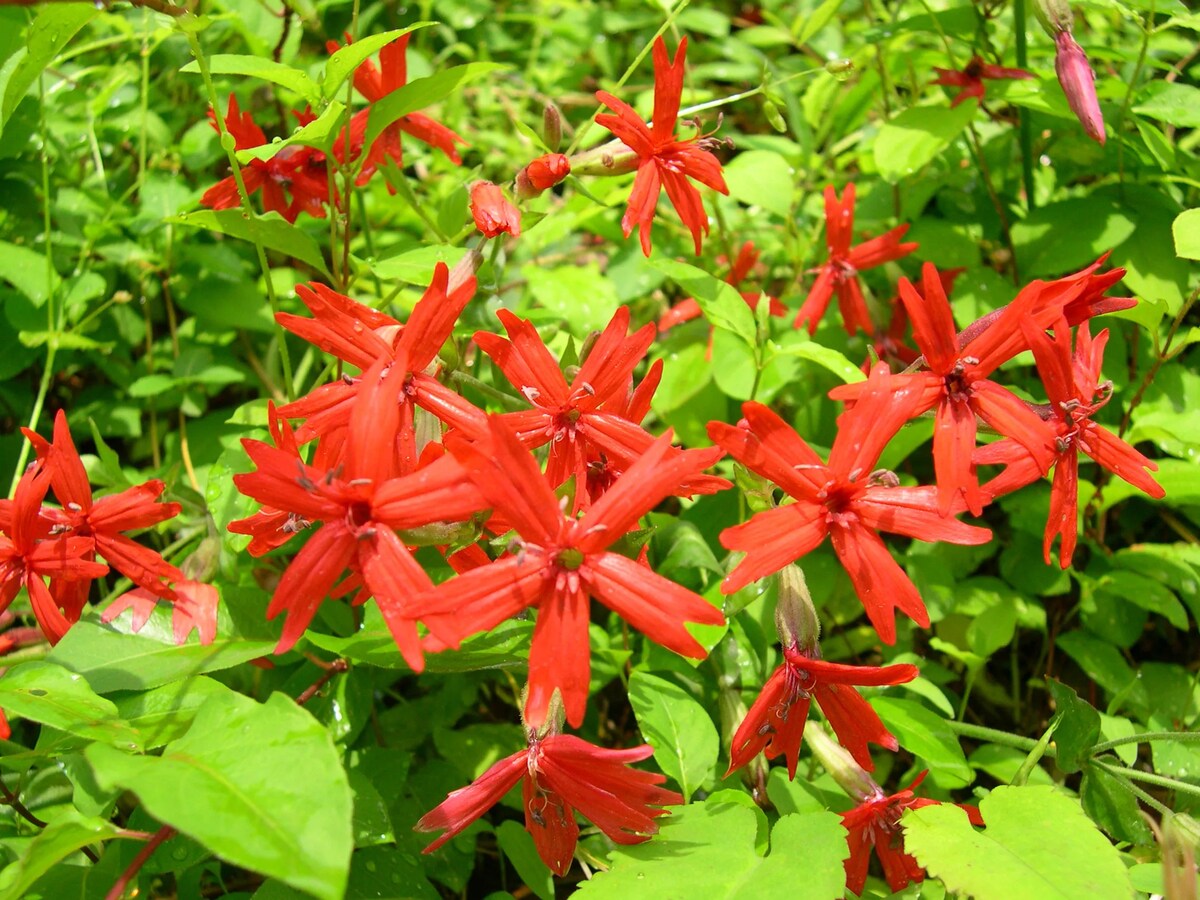

Plant Care & Gardening Tips
What Is The Fire Pink Wildflower
Published: December 25, 2023
Learn about the fire pink wildflower and get plant care and gardening tips to grow this beautiful plant in your garden. Discover how to care for fire pink wildflowers and create a stunning garden display.
(Many of the links in this article redirect to a specific reviewed product. Your purchase of these products through affiliate links helps to generate commission for Storables.com, at no extra cost. Learn more)
**
Introduction
**
Welcome to the enchanting world of the Fire Pink wildflower. Imagine yourself wandering through a lush forest, and suddenly, your eyes are drawn to a striking burst of vibrant red nestled among the green foliage. This captivating sight is none other than the Fire Pink wildflower, a botanical marvel that has captured the hearts of nature enthusiasts and horticulturists alike.
The Fire Pink, scientifically known as Silene virginica, is a native wildflower that thrives in the eastern United States. Its mesmerizing crimson petals and delicate, star-shaped blooms have earned it a special place in the hearts of wildflower enthusiasts and horticulturalists. This article delves into the captivating world of the Fire Pink wildflower, exploring its description, habitat, ecological importance, cultivation, and conservation status. Join us as we embark on a journey to unravel the beauty and significance of this captivating wildflower.
Key Takeaways:
- The Fire Pink wildflower, with its vibrant crimson petals, is a vital resource for pollinators and adds a burst of color to woodlands. Its conservation is crucial for supporting local biodiversity and preserving its natural habitats.
- Cultivating the Fire Pink in gardens and natural landscapes can enrich the visual appeal of these environments while contributing to the preservation of native plant species. Its historical significance and ecological value make it a cherished addition to home gardens.
Read more: What Is A Wildflower Habitat
Description of the Fire Pink Wildflower
The Fire Pink wildflower, also known as Silene virginica, is a stunning perennial plant that belongs to the Caryophyllaceae family. Its botanical name, “Silene,” is derived from the Greek mythological figure Silenus, the tutor and companion of Dionysus, while “virginica” refers to its prevalence in the Virginia region. This striking wildflower typically reaches a height of 12-18 inches and features lance-shaped leaves that form a basal rosette.
One of the most captivating features of the Fire Pink is its vibrant, star-shaped flowers, which bloom atop slender, erect stems. The petals are a brilliant crimson hue, often likened to the fiery glow of embers, hence the name “Fire Pink.” Each flower boasts five deeply-lobed petals, creating a visually arresting display that attracts pollinators and admirers alike.
As a perennial plant, the Fire Pink blooms from late spring to early summer, adding a burst of color to woodland habitats and rocky slopes. Its striking appearance and ability to thrive in challenging environments make it a beloved addition to naturalistic gardens and native plant landscapes.
Notably, the Fire Pink wildflower is a rich source of nectar, attracting a myriad of pollinators, including butterflies, bees, and hummingbirds. This symbiotic relationship between the Fire Pink and pollinators underscores its ecological significance and underscores its role in supporting local biodiversity.
Habitat and Distribution
The Fire Pink wildflower is indigenous to the eastern region of the United States, where it thrives in a diverse range of habitats. It is commonly found in open woodlands, along rocky slopes, and within the understory of deciduous forests. This adaptable wildflower demonstrates a preference for well-drained, acidic soils, often colonizing areas with rocky or gravelly substrates.
Its natural range extends from as far north as New York and Ontario, stretching southward to Georgia and Alabama, and westward to Missouri and Arkansas. The Fire Pink’s ability to flourish in such varied environments is a testament to its resilience and adaptability.
Within its native range, the Fire Pink contributes to the tapestry of biodiversity, adding a vibrant splash of color to the landscape. Its presence in woodlands and naturalistic settings enriches the visual appeal of these habitats, attracting admirers and pollinators alike.
Despite its preference for undisturbed natural habitats, the Fire Pink can also thrive in cultivated landscapes, provided that its basic requirements are met. Gardeners and horticultural enthusiasts often incorporate this charismatic wildflower into native plant gardens, where its striking blooms and ecological value are celebrated.
While the Fire Pink’s natural distribution primarily encompasses the eastern United States, its allure has transcended geographical boundaries, captivating the hearts of wildflower enthusiasts and horticulturists worldwide. Its remarkable adaptability and visual appeal have led to its cultivation in gardens and natural landscapes far beyond its native range, further solidifying its status as a cherished wildflower.
Importance to Wildlife
The Fire Pink wildflower holds profound ecological significance, particularly in its role as a vital resource for wildlife. Its vibrant blooms serve as a rich source of nectar, attracting a diverse array of pollinators that play a crucial role in the ecosystem. Butterflies, bees, and hummingbirds are among the frequent visitors to the Fire Pink, drawn to its captivating crimson petals and abundant nectar.
As these pollinators flit from flower to flower, they facilitate the transfer of pollen, contributing to the reproductive success of the Fire Pink and other flowering plants in the vicinity. This intricate dance of pollination not only sustains the wildflower population but also supports the broader web of life within the ecosystem.
Furthermore, the Fire Pink’s nectar-rich blooms are a vital food source for butterflies during their adult stage. Species such as the Eastern Tiger Swallowtail and the Monarch butterfly are known to frequent the Fire Pink, sipping nectar as they carry out their essential role in pollination.
Beyond its allure to pollinators, the Fire Pink also provides shelter and habitat for various small creatures within its native environment. The dense foliage and low-growing habit of the plant offer refuge to insects, providing a safe haven for a myriad of tiny organisms that contribute to the intricate web of life in the ecosystem.
By supporting pollinators and providing habitat for small creatures, the Fire Pink wildflower plays a crucial role in maintaining the delicate balance of the natural world. Its presence enriches the biodiversity of woodlands and natural landscapes, creating a flourishing environment that sustains a diverse array of wildlife.
The Fire Pink wildflower is a native plant to eastern North America, known for its bright red flowers and ability to attract hummingbirds. It thrives in dry, rocky, and woodland areas, making it a great addition to a natural garden or landscape.
Cultivation and Uses
The captivating allure of the Fire Pink wildflower has led to its cultivation in gardens and naturalistic landscapes, where it adds a vibrant touch of color and ecological value. Cultivating Fire Pink in home gardens or naturalistic settings requires an understanding of its habitat preferences and growth habits.
When considering the cultivation of Fire Pink, it is essential to replicate its native habitat as closely as possible. This includes providing well-drained, acidic soil, mimicking the dappled light of woodland settings, and ensuring adequate moisture, especially during the establishment phase. These conditions can be achieved by selecting a suitable location within the garden and amending the soil as needed to create an environment conducive to the wildflower’s growth.
Once established, the Fire Pink requires minimal maintenance, making it an excellent choice for low-maintenance gardens and naturalistic landscapes. Its striking crimson blooms and ability to thrive in challenging environments make it a valuable addition to native plant gardens, pollinator habitats, and woodland-themed landscapes.
Beyond its ornamental value, the Fire Pink wildflower has historical and cultural significance. In traditional herbal medicine, certain Native American tribes utilized the plant for its purported medicinal properties. The Cherokee, for instance, used preparations derived from the Fire Pink to address various ailments, harnessing the plant’s potential healing properties.
While it is essential to approach the use of any plant for medicinal purposes with caution and respect for traditional knowledge, the historical significance of the Fire Pink underscores its cultural importance and the deep connection between indigenous communities and the natural world.
Today, the Fire Pink continues to captivate gardeners, nature enthusiasts, and conservationists, serving as a symbol of resilience, ecological value, and the enduring beauty of native wildflowers. Its cultivation in gardens and natural landscapes not only enriches the visual tapestry of these environments but also contributes to the preservation of native plant species and the support of local biodiversity.
Read more: What Is Fire Glass
Conservation Status
The conservation status of the Fire Pink wildflower, scientifically known as Silene virginica, is of significant concern due to various factors impacting its native habitats and populations. As a native wildflower of the eastern United States, the Fire Pink faces threats associated with habitat loss, land development, and the encroachment of invasive species.
One of the primary challenges affecting the conservation of the Fire Pink is the loss and fragmentation of its natural habitats. Urbanization, agricultural expansion, and land development have led to the degradation and loss of woodlands, rocky slopes, and other environments where the Fire Pink thrives. These activities disrupt the delicate balance of the ecosystem and diminish the availability of suitable habitats for the wildflower.
In addition to habitat loss, the proliferation of invasive plant species poses a significant threat to the Fire Pink and other native flora. Invasive plants can outcompete native species, altering the composition of plant communities and impacting the availability of resources essential for the survival of native wildflowers like the Fire Pink.
To address these conservation challenges, concerted efforts are underway to protect and restore the habitats essential to the Fire Pink’s survival. Conservation organizations, botanical gardens, and land management agencies are actively involved in initiatives aimed at preserving native plant communities and safeguarding the habitats that support the Fire Pink and other at-risk species.
Furthermore, public awareness and education play a crucial role in the conservation of the Fire Pink. By raising awareness about the ecological value of native wildflowers and the importance of preserving their habitats, conservationists and advocates seek to garner support for the protection and restoration of these vital ecosystems.
Engaging in ethical gardening practices, such as incorporating native plants like the Fire Pink into home landscapes, can also contribute to the conservation of this charismatic wildflower. By cultivating native plants and creating pollinator-friendly habitats, individuals play a part in supporting local biodiversity and contributing to the conservation of native flora.
Through collaborative conservation efforts, the Fire Pink and other native wildflowers can be safeguarded for future generations, ensuring that these botanical treasures continue to enrich the natural landscapes and ecosystems they call home.
Conclusion
The Fire Pink wildflower, with its resplendent crimson blooms and ecological significance, stands as a testament to the enduring beauty and importance of native flora. Its captivating presence in woodlands, rocky slopes, and cultivated landscapes enriches the natural world, drawing admirers and supporting a myriad of wildlife.
As we marvel at the Fire Pink’s vibrant star-shaped flowers and recognize its vital role in supporting pollinators, we are reminded of the interconnectedness of all living beings within the ecosystem. The Fire Pink serves as a symbol of resilience, adaptability, and the intrinsic value of native wildflowers in sustaining biodiversity and enriching the natural tapestry of the landscape.
However, the conservation of the Fire Pink and its native habitats is a critical endeavor that requires collective action and stewardship. By preserving and restoring the woodlands, rocky outcrops, and natural environments that the Fire Pink calls home, we can ensure the continued survival and prosperity of this charismatic wildflower.
Furthermore, by cultivating an appreciation for native flora and incorporating plants like the Fire Pink into our gardens and landscapes, we actively contribute to the conservation of these botanical treasures. Through these actions, we foster a deeper connection with the natural world and play a part in supporting the delicate balance of local ecosystems.
As we celebrate the allure of the Fire Pink wildflower, let us also recognize the broader significance of preserving native plant species and the habitats that sustain them. By championing the conservation of the Fire Pink and other native wildflowers, we honor the rich tapestry of biodiversity and ensure that future generations can continue to be inspired by the beauty and ecological value of these captivating botanical wonders.
In embracing the legacy of the Fire Pink and nurturing a harmonious relationship with the natural world, we embark on a journey of stewardship, respect, and appreciation for the native flora that enrich our lives and the ecosystems we all depend on.
Frequently Asked Questions about What Is The Fire Pink Wildflower
Was this page helpful?
At Storables.com, we guarantee accurate and reliable information. Our content, validated by Expert Board Contributors, is crafted following stringent Editorial Policies. We're committed to providing you with well-researched, expert-backed insights for all your informational needs.

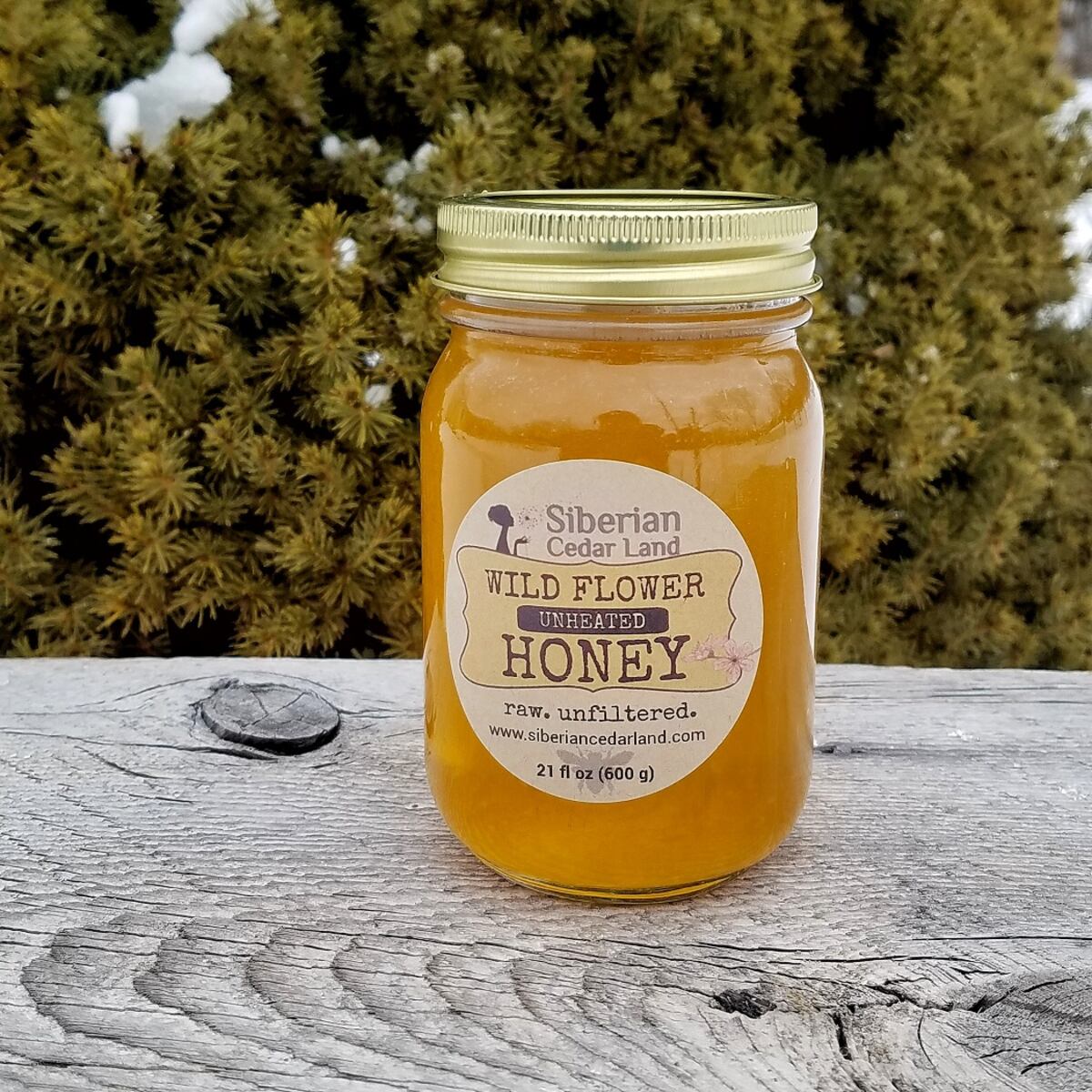

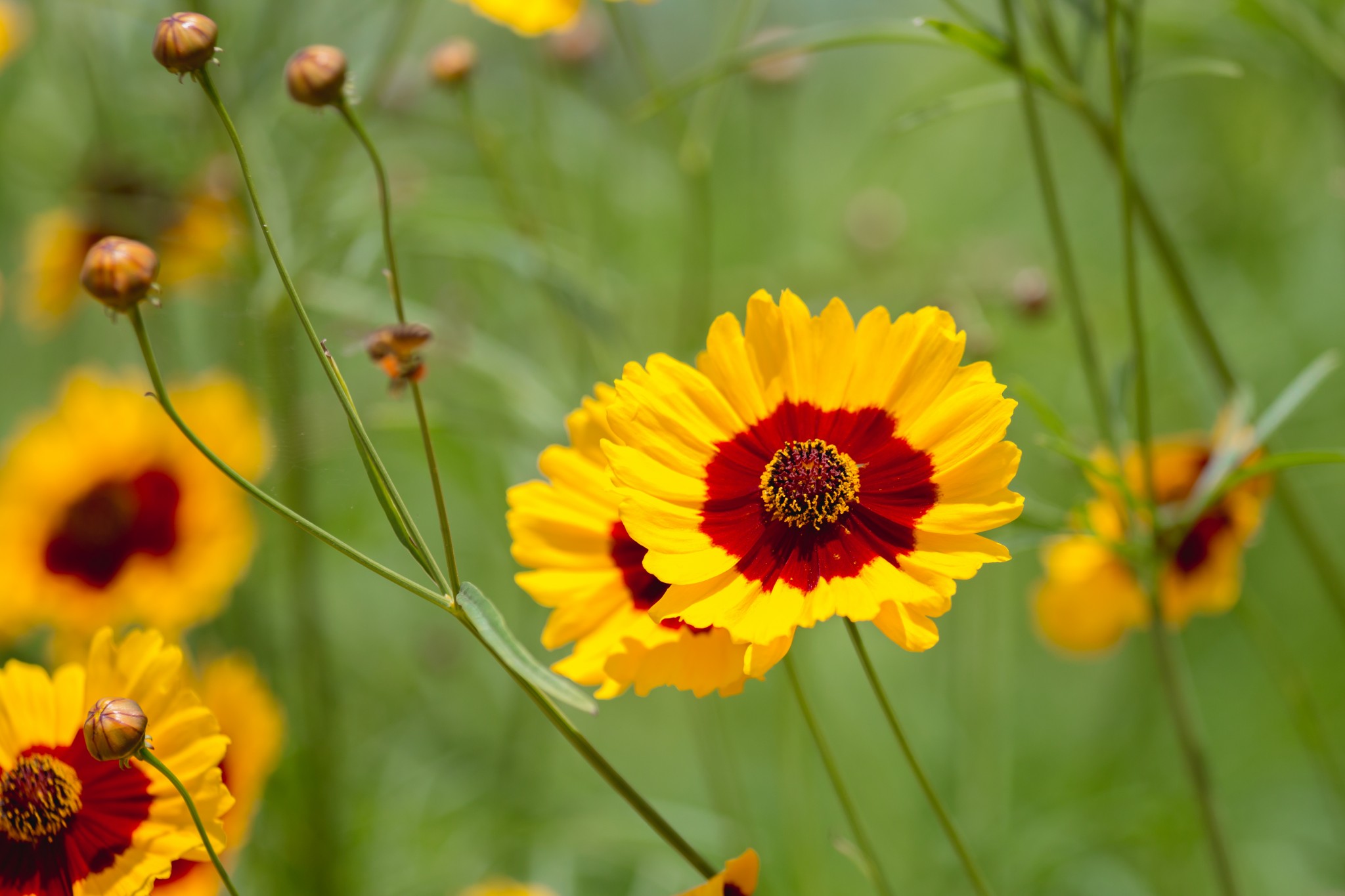
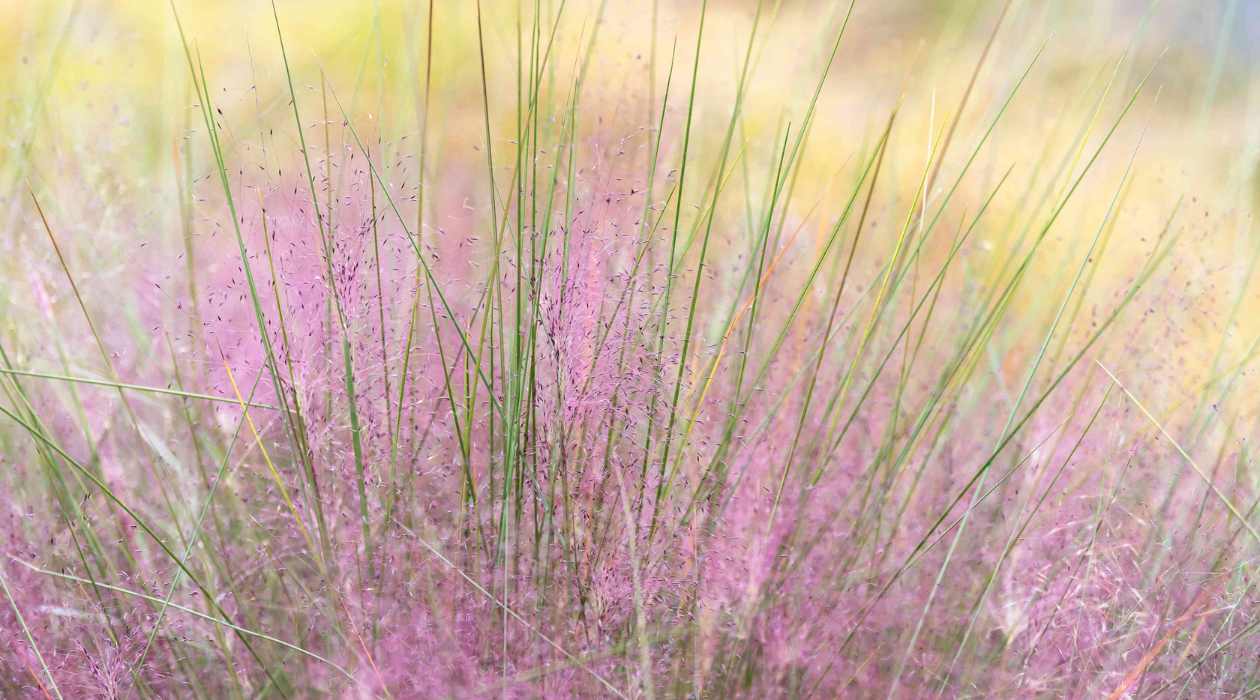

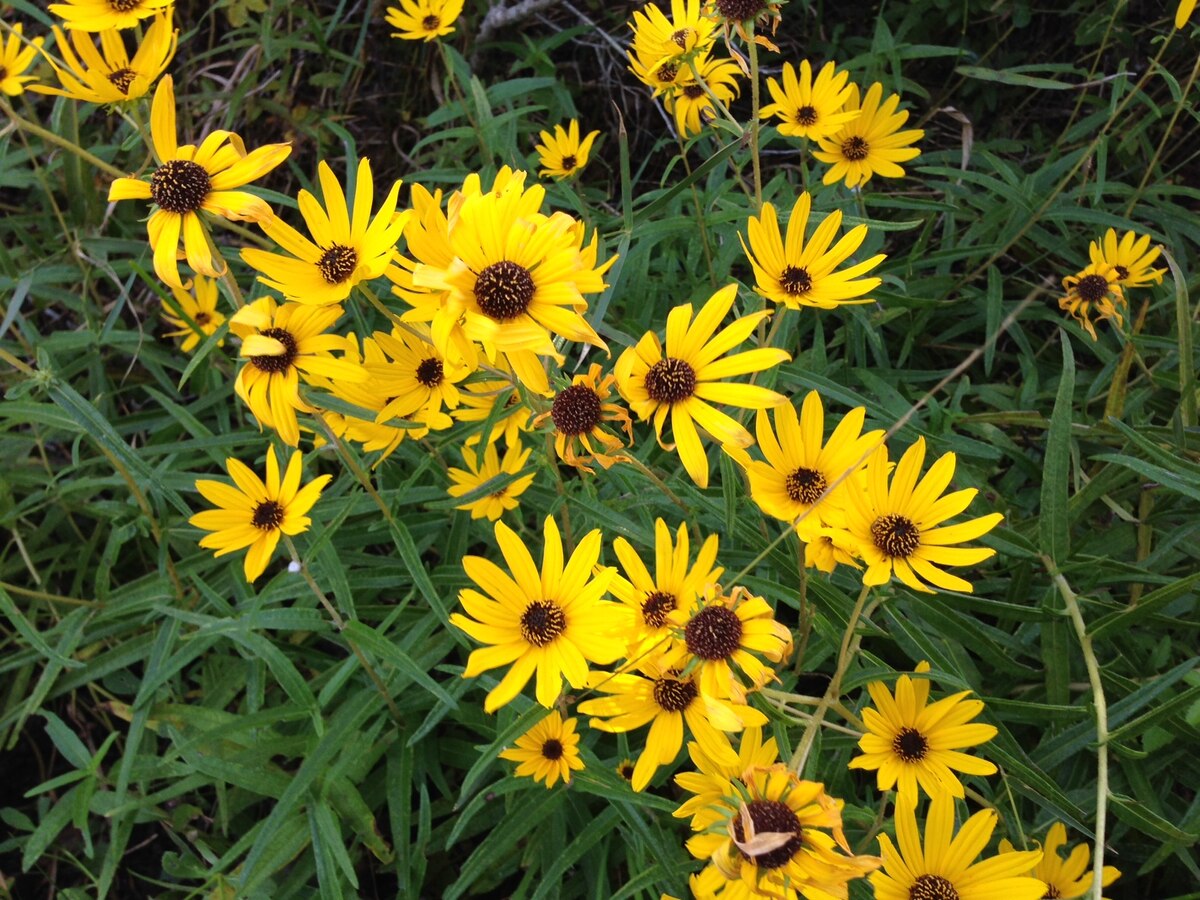
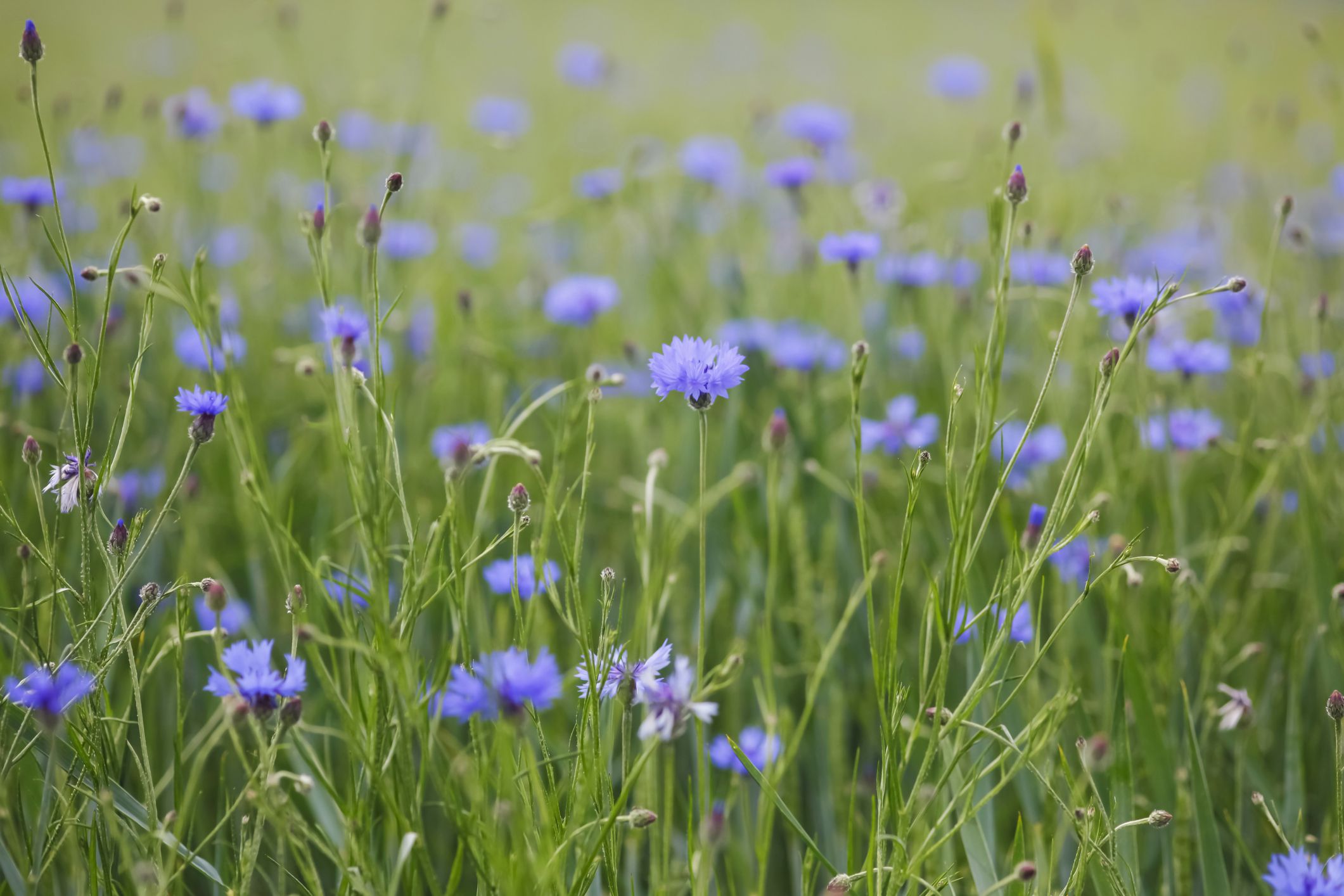
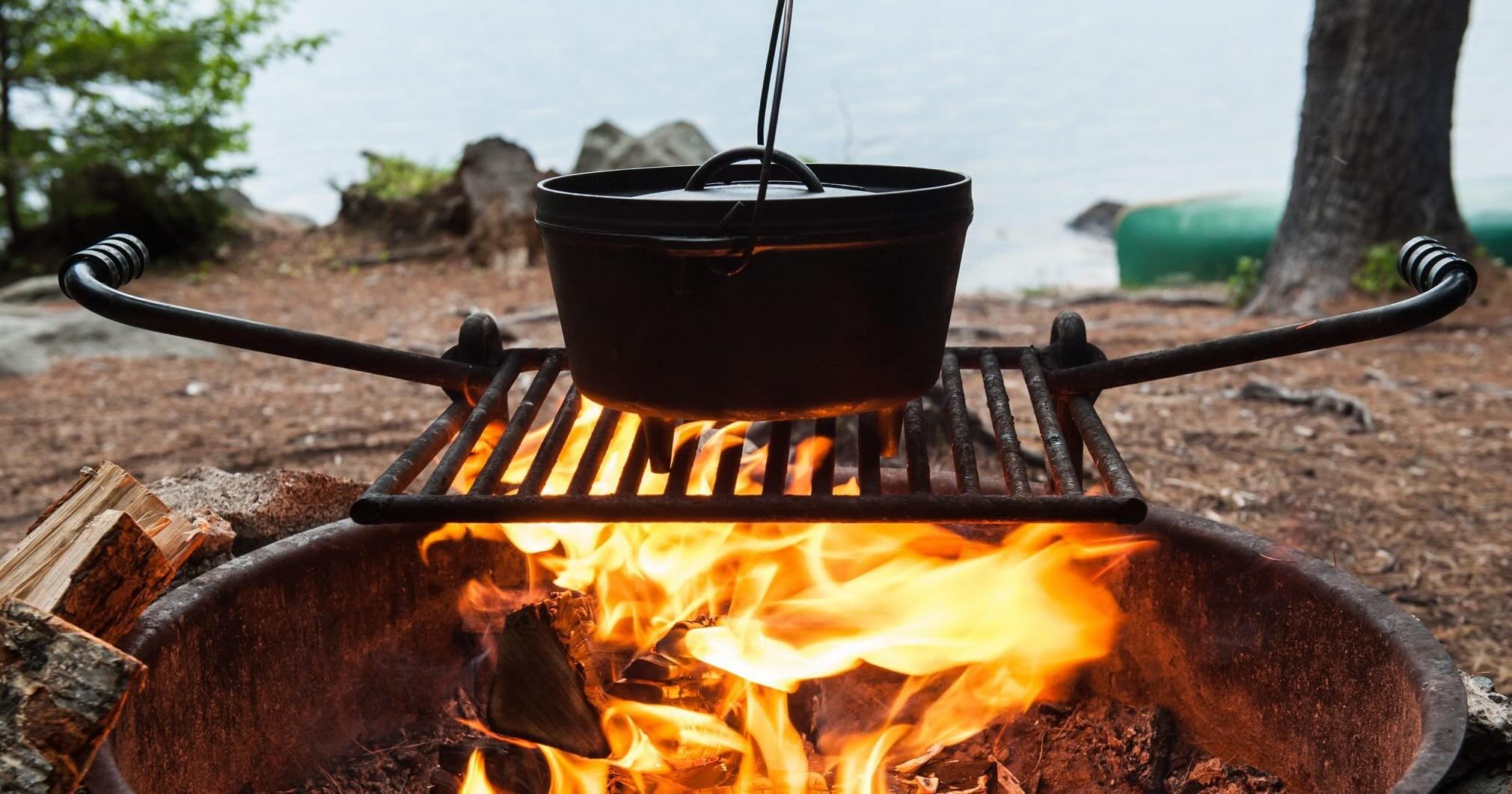

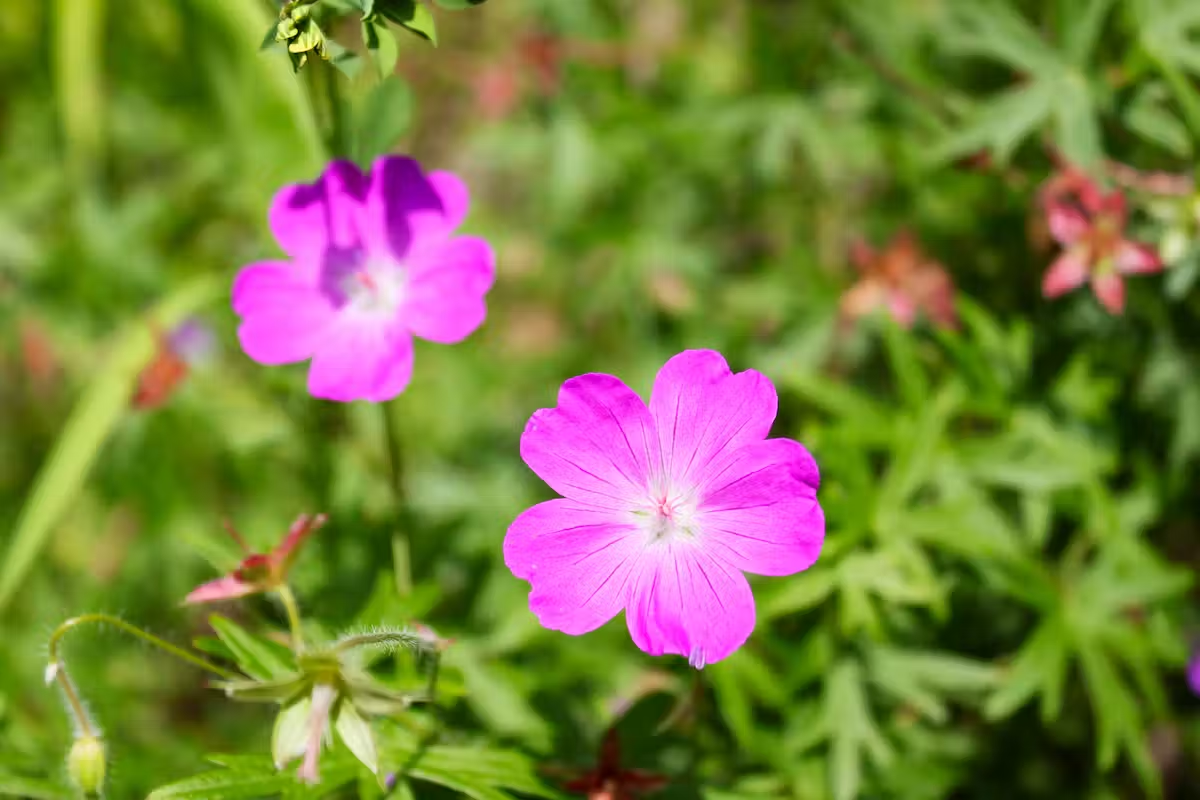
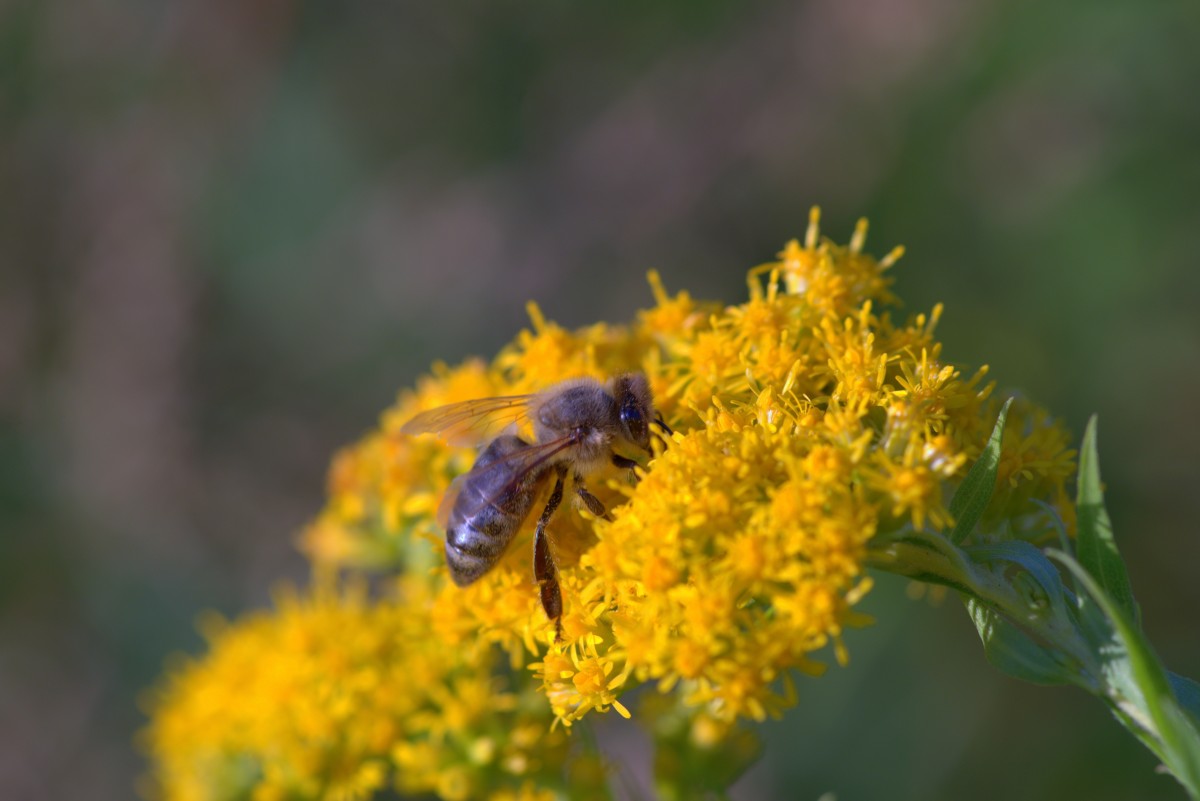
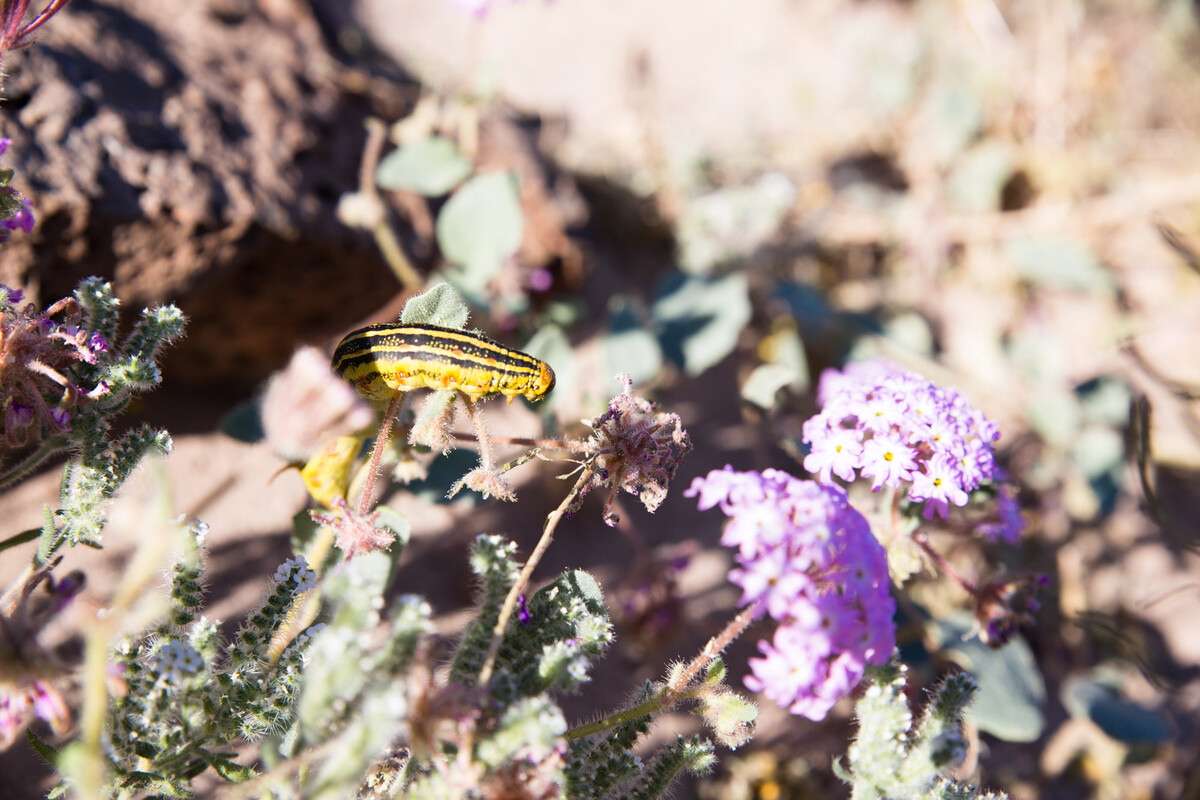
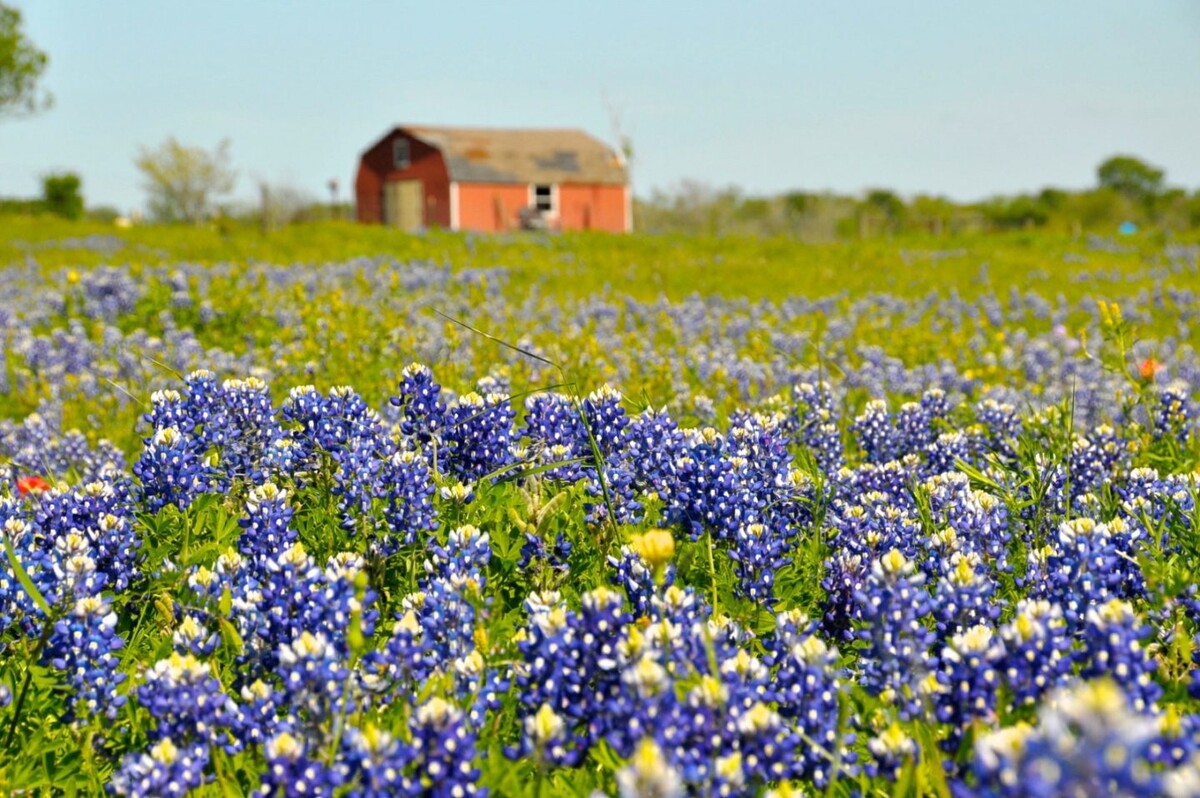

0 thoughts on “What Is The Fire Pink Wildflower”